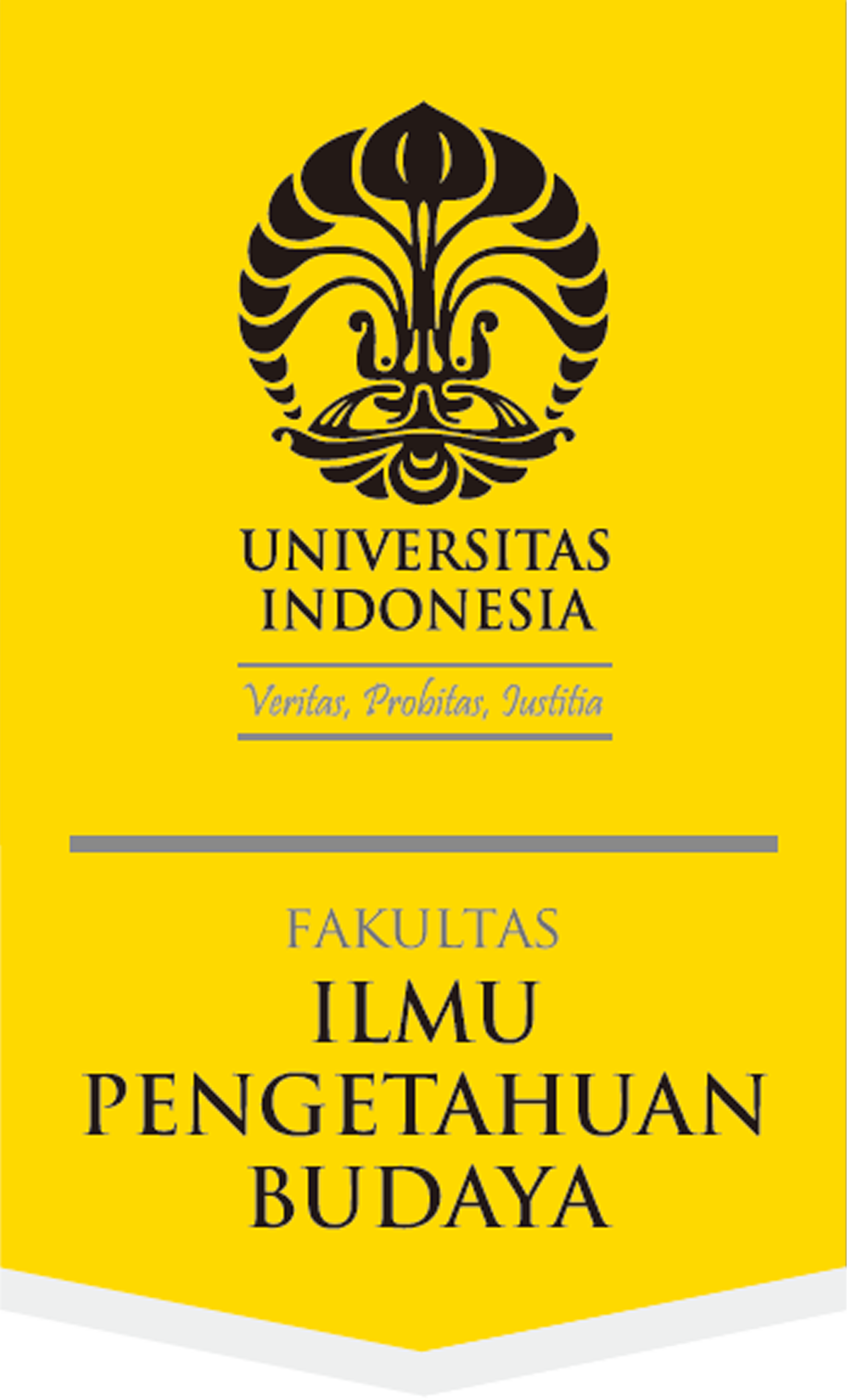Abstract
This paper is a report of the findings of a reseach on minarets of old mosques in Sumatera and Jawa done by means of survey method and library study. Thirteen minarets of old mosques were observed and analyzed. The thirteen minarets show similarities in terms of form and style. There is a basic pattern of relation between the mosque and minarets in terms of layout. In terms of the number of the minarets, the mosques generally have one minaret each although some of them have two or even four. The main function of minaret in a mosque is a place to enunciate the call to prayer and a sign for a Muslim community. The research found other functions, namely minarets are used for marriage ceremony and for women to sit when listening to sermon. In terms of architectural style, influence of local culture, or European cultures (Portuguese and Dutch), of Middle Eastern cultures (Arab and Persian), and of South Asian culture (Indian).
References
Aboebakar Atjeh (1995), Sedjarah Masjid dan Amal Ibadah Didalamnja. Jakarta: Banjarmasin.
Atmodjo, Junus Satrio (Peny.) (1999), Masjid Kuno Indonesia. Jakarta: Departemen Pendidikan dan Kebudayaan.
Pijper, G.F. (1947), "The Minaret in Java," Studi Antiqua.
Recommended Citation
Nasution, Isman Pratama
(2004)
"Menara Masjid Kuna Indonesia Suatu Survei dan Studi Kepustakaan,"
Wacana, Journal of the Humanities of Indonesia: Vol. 6:
No.
1, Article 2.
DOI: 10.17510/wjhi.v6i1.346
Available at:
https://scholarhub.ui.ac.id/wacana/vol6/iss1/2









